As an Amazon Associate I earn from qualifying purchases.
Podcast: Play in new window | Download

This episode is strictly on dried sausages, not whole cuts like hams or coppa, etc. For that you’ll have to wait for the next episode.
If you want to learn more about what Christian and his awesome wife Kate do in Michigan, check out their operation at Ham Sweet Farm. And Christian maintains a blog about curing meat over at Eat The Pig.
This is a single-subject episode, so if you are into making sausages and salami, you are in luck!
Here are some links for further information on this week’s episode:
- Again, links and a list of tools for butchering and making sausages.
- My recipe for a very basic salami. This is what you should start with.
- That awesome temperature and humidity controller Christian mentions.
- Two great Facebook groups to join that relate to this topic: The Salt Cured Pig and Sausage Debauchery.
That should get you started. If you want more, here are all my salami recipes.
Enjoy this week’s podcast, and, as always, if you like it, please subscribe and leave a review. It helps me a lot. Thanks!
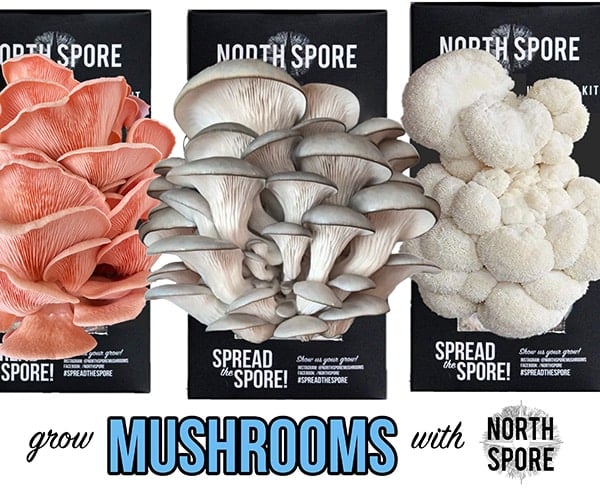
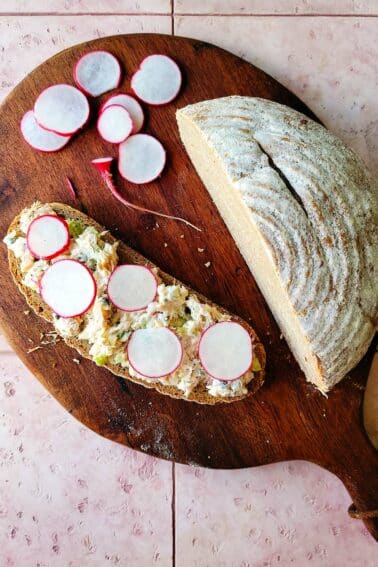
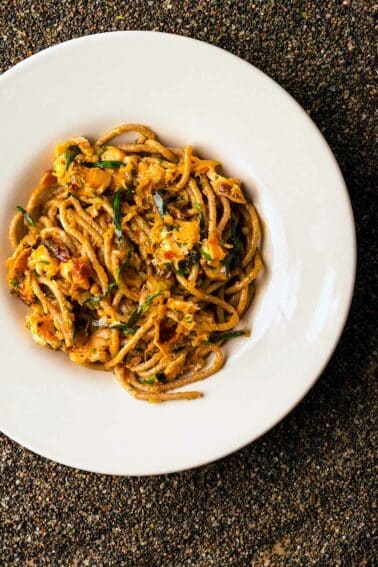
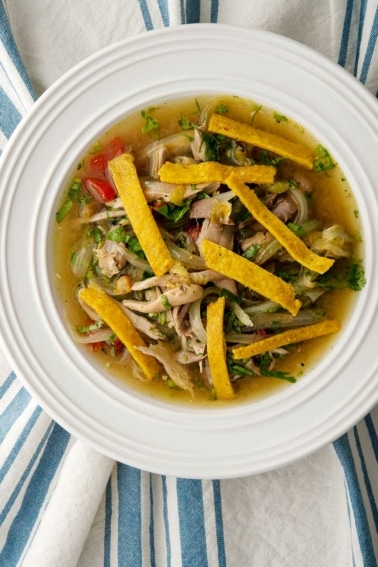
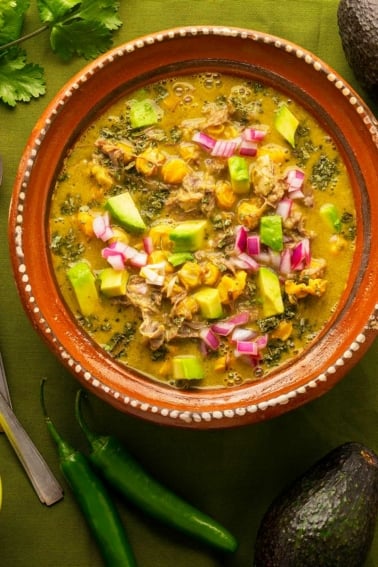
This was a great chat to listen to. Thank you very much! I’m not so familiar with the proper curing chamber but would a dehydrator work if the salami could hang?
This podcast is great, I’ve read some on the subject. Hearing you talking about really “put it all together for me” So off to the races I am. Thank you
Any chance you can come up with Christian’s liver salami recipe? I’ve used pork liver in Chinese-style dried sausages and I’d love to try a livery salami with a little more than a wild guess as a starting point.
Really great advice in here, loved your guest. And thank you for making such a traditional and almost-forgotten skill more accessible. Salami-making is a passion for my husband and me, and I’m always so happy when I hear others promoting fermentation/dry curing of meats. Thank you! Excellent podcast.
great info hank keep them coming.
Enjoyed it. I have lots to learn here.
Thanks Hank.
Awesome pod cast, great topic. I’ve made a few batches of salami, but not always successfully. Great to get these resources and hear discussion on the topic.
Very interested in the liver salami Christian mentioned in the podcast. Any chance of getting more info on it?
This is great, cant wait to give it a try.
When are you doing something local (Sacramento) next? Any events before Turkey season or maybe you have some suggestions for turkey hunting in Sac?
Jake: Yep, I am cooking a VERY cool dinner as a benefit for the Sacramento Food Literacy Center on April 14. Here are the details: https://www.foodliteracycenter.org/event/noma-my-perfect-storm
I’ve never tried making my own salami, but I love the idea of it. You made the process much less daunting so thank you for sharing!
Great podcast. I have been curing salami and whole muscle salumi for 5+ years but I always learn something new (or reinforce what I already know)by listening those more informed than me. I’d love to get your take on the use of molds. Maybe in the salami podcast 2.0?
Hank, awesome pod cast. I’ve been making salami for 3 years, mostly out of elk and deer with some local free choice feed pigs for fat content. Your website has helped a bunch. Just wanted to say thanks. You didn’t mention sanitation in your salami discussion. Maybe it’s just me, but I notice a difference in my products from when I am just clean to when I am really careful with sanitation in my prep. Perhaps it is just overall attention to detail. Any thoughts?
Josh: I don’t notice any difference, but all I do is scrub down all my work areas before I make a batch.
Tim: I make 5 pound batches, but 10 is also a good number. Any more than that – until you are very good at it – and things can go sideways.
Listened to the podcast today and it was great! I’ve been making fresh sausages for 5 or 6 years but hunter snack sticks are as close as I’ve gotten to dried & cured sausage.
My question is what is your typical batch size when making salami or sausage and what’s that day like? I ask because normally when I decide to make sausage I tend to make 15- 20lbs+ at a time and between the prep of getting the meat trimmed and cubed for the grinder, mixing for the bind, stuffing, keeping everything chilled and maintaining good sanitation, and cleaning after every step, I’m all in on a 12 hr day sometimes. And then part of the way through I start regretting getting that involved, not to mention the comments my wife starts making about it taking up the entire weekend! I’m just curious if others go through the trouble for 3 or 5 lbs, or if most people decide to commit to making larger batches that take up an entire day or most of the weekend?
Excellent! Thank you Hank. Salami is next on the homesteading “to-learn-to-do” list. I’m enjoying the podcasts for sure. Keep up the great work.
FWIW I had bear salami in Finland — but by law hunters have to send a sample of the meat to whatever institute where they check for trichinosis and give the OK for consumption (or not).
Federico: In that case, I’d make it, too! Just don’t want to get trich…